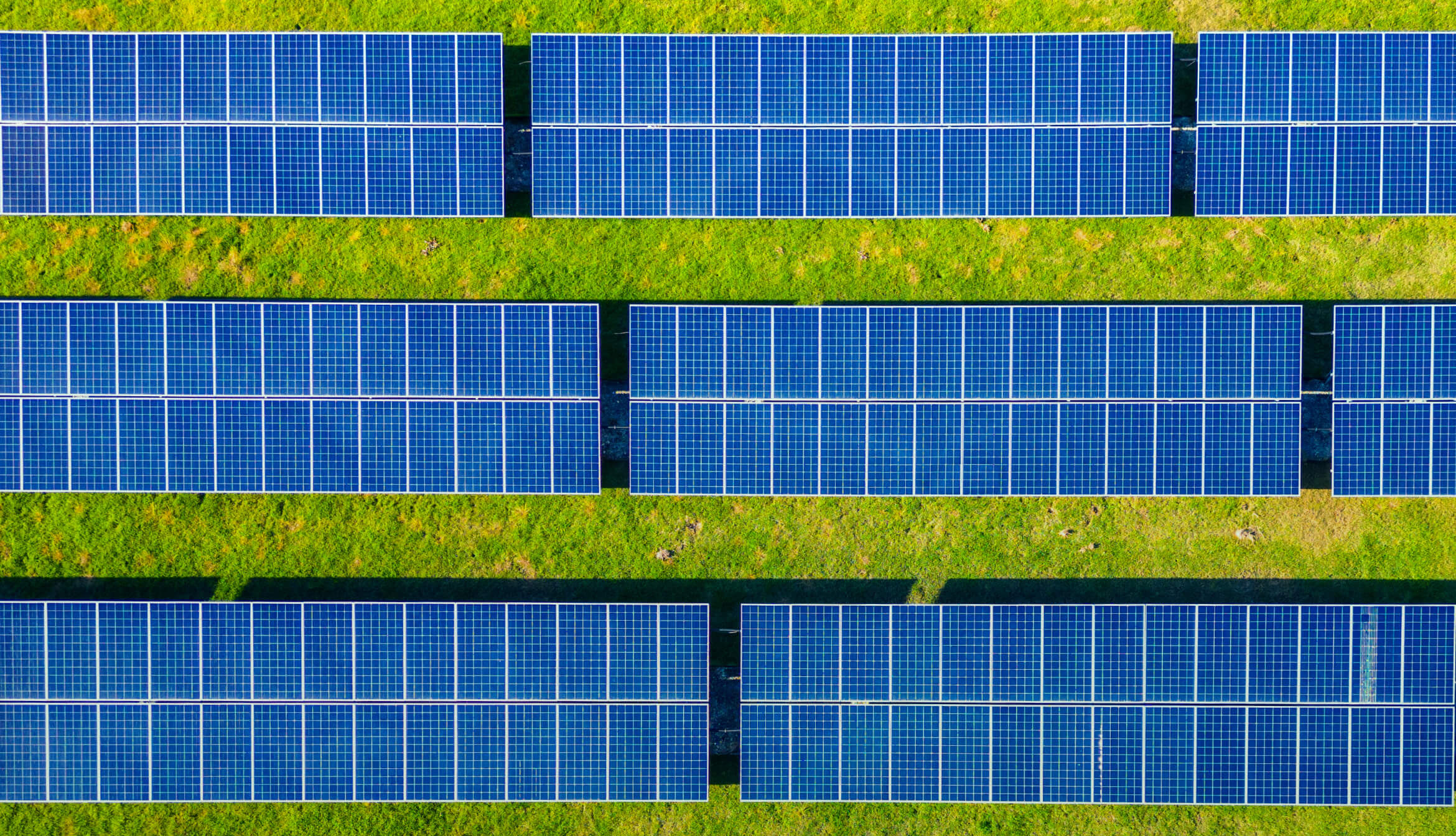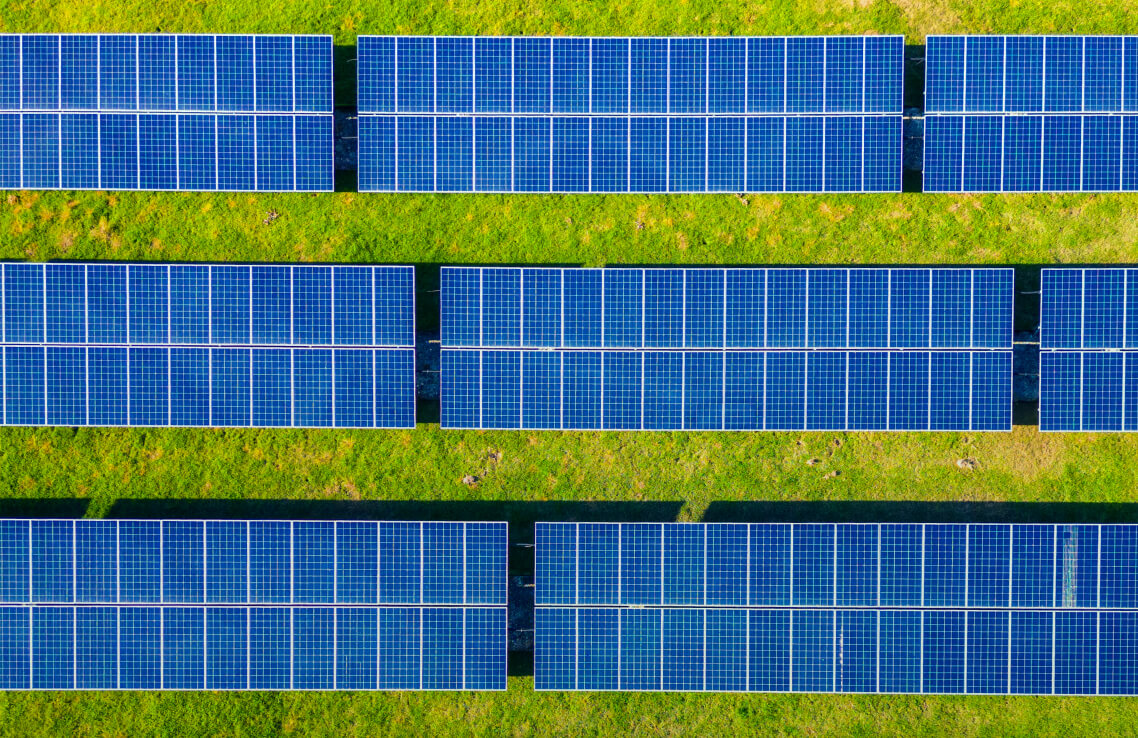Mexico has seriously upped its renewable energy generation in the past few years. Committed to diversifying its energy matrix and reducing its dependence on fossil fuels, the country has great potential for wind and solar projects, especially in regions such as Baja California, Sonora, Oaxaca, and Yucatan.
Since the energy market was opened up in 2013, competition in generation, transmission, and distribution has resulted in significant investment and today Mexico is home to the largest solar park in the Americas (Villanueva) and the largest wind farm in Latin America (Renosa).
Even with the various changes the country is facing, including an aging transmission network struggling to cope with rising demand, and regulatory uncertainty in a volatile political landscape, the new nearshoring trend is making Mexico even more attractive to foreign investors and experts are optimistic about the future.
The M&A Community hosted an online roundtable, chaired by Óscar Parra of Helm Investment Bank, to discuss the opportunities and challenges posed by the rapid evolution of Mexico’s energy sector.
What is the state of Mexico’s transmission infrastructure, and what requirements do you see going forward for the development of new renewable energy projects?
The energy reforms of 2013-14 gave the Federal Electricity Commission (CFE) a monopoly over transmission lines to ensure orderly growth, but with open access managed by the National Center for Energy Control (CENACE). It was envisaged that CFE would use various mechanisms, such as public-private partnerships, to attract private investment to fund expansion.
However, in 2018 the incoming federal administration canceled the bids for two new transmission lines: one connecting two isolated systems in Baja California to the national grid and another intended to transport wind energy from the Isthmus of Tehuantepec to the middle of the country.
So, the legal framework is there, but there has been no growth and very little investment.
I agree, and this is fast becoming one of the biggest challenges for Mexico’s energy sector. The aging infrastructure has led to network failures and blackouts in many parts of the country which are adversely affecting not only businesses but also households and the public sector. The trend for nearshoring is also increasing demand for energy.
Mexico urgently needs more investment and some innovative solutions and policies to promote energy efficiency and responsible resource use, which will require more cooperation between the public and private sectors.
Also, Mexico’s transmission system is based on old technologies and outdated power plants with a very high carbon footprint and it is not responsive to demand-side fluctuations. We need to amend the regulations to deliver what we need now, but without sacrificing network reliability and electricity quality.
I’d like to say that the tools are there, but they aren’t. The Energy Ministry issued a medium to long-term plan in 2020, the PRODESEN, but it doesn’t really offer opportunities for the private sector.
As well as new tools such as batteries and energy storage, Mexico needs improvements in smart grids and new networks and lines. What frustrates me is why CFE and CENACE don’t just say, “Let’s have a competition and see who can provide us with these tools and help us modernize.”
Plus, CFE ought to be making a profit from the transmission lines, so why aren’t they?
Lastly, the new guidelines for applying for generation permits seem to have been expressly designed to exclude private investors.
We can also see that other countries such as Spain have strengthened their transmission and distribution systems to cope with intermittent generation sources like solar and wind. If Mexico wants to meet its renewable or clean energy generation goals, it will need to do the same.
What risks have you identified from a social perspective, particularly concerning permits and licenses?
There is an established process for developing a project and one of the key obstacles we’ve encountered is getting a decision on the social impact assessment: the analysis of direct and indirect impacts of a project on communities. This has to be approved before you can ask for a generation permit and at the moment such determinations are only being issued for projects that have unequivocal support from the Government and the President.
The Energy Commission’s new rules for requesting generation permits are rather opaque, but other environmental permits, such as water and crossings, are being granted.
Real estate rights have always been a complex issue in Mexico but in my experience, if the processes are followed correctly they are not a problem.
I can’t overstate how important it is to have a good relationship with the local community throughout the development and operation of a project, ideally ensuring their support for future development in the area. You particularly want to deflect the “not in my backyard” mentality.
We are also seeing renewed interest, including from multinationals. Because fundamentally the things that make Mexico attractive – size of population, carbon footprint, a diversified and industrialized economy – have not changed.
And what are the challenges when it comes to the environmental aspect?
From the developer’s point of view, it has been very difficult to implement projects in recent years despite Mexico’s great potential for renewables development. The Government’s position has created so much uncertainty that the market is currently at a standstill. So, I think what we need most is legal and regulatory stability.
The good news is that things are looking up. The CFE and CENACE are back in operation after COVID-19, providing greater certainty which is bringing developers back to the Mexican market.
As we see it, whoever wins next year’s election cannot let the energy sector continue to stagnate while demand increases.
I was going to say the same. We have clients already acquiring real estate rights, initiating interconnection procedures with CENACE, and obtaining what permits they can. They are also working on large projects involving innovative technologies like green hydrogen.
Somebody said that even a 5% increase in flexibility would lead to a 100% improvement on where we are today. So, there is optimism in the market that development and greenfield projects are going to resume.
Mexico has always been a key market for our company. So, while waiting for more regulatory certainty we’ve concentrated on securing land near substations and nodes, carrying out hydrology and feasibility studies, and acquiring those permits that we could.
What alternatives do you see now for project financing?
Development costs are all increasing globally. Demand for equipment is high and there are widespread supply issues. Interconnection costs have also risen, while energy prices are falling. Margins are getting tighter; when you add global inflation and higher interest rates, it becomes increasingly difficult to close the gap between costs and revenue.
Because there has been so little construction financing in Mexico in recent years we’ve not really had to deal with this yet and I think it will be a challenge. But there are structuring options available and innovative ways to capture revenue streams for unconventional renewable technologies and hybrid developments.
Recent interest rate hikes have definitely impacted project profitability, but it’s manageable. In Mexico, the project financing market has been stagnant for several years, with few projects to finance, and regulatory instability making potential investors more cautious. But once there is more certainty and regulatory stability, this will change.
Project finance for new renewable projects barely exists at the moment because the banks are asking for corporate guarantees, but there is still a lot of interest in M&As for projects that are already operational.
Is there an appetite from banks and even developers to access credit lines with these interest rates?
I would say that the banks are very interested in financing brownfield projects that are already approved and in operation but they are still wary of greenfield projects.
I think that once things pick up, we will find that delays will also have added to development costs and both land and the interconnection process are now more expensive.
There will need to be economic innovation, perhaps moving away from bilateral PPAs and looking to international carbon bond markets for new revenues?
What can Mexico expect after the presidential elections next year?
None of us has a crystal ball, but there is some optimism because the next administration will have to take a pragmatic approach. Power outages have been increasing, while demand has been growing year on year, even without the challenges of nearshoring. This cannot continue.
I totally agree. There will be improvements, regardless of which party or which president wins.
Nearshoring is already a reality in Mexico, arguably the next most significant opportunity after the North American Free Trade Agreement. But for Mexico to take full advantage of this trend, the country needs a government that will drive productivity, eliminate bureaucratic hurdles, address regional security issues and establish a stable legal and regulatory framework to protect both domestic and international investors.
On the plus side, Mexico benefits from its geographic location, multilingual workforce and lower operational costs, as well as a favorable regulatory framework and free trade agreements with the United States and Canada, not to mention tax incentives and double taxation treaties with numerous European countries. This makes Mexico a very attractive destination.
This potential transformation is particularly exciting for the northern part of the country, which has world-class solar resources that had lost some of their appeal and could now be exploited to their full potential.
Indeed, because nearshoring and clean energy go hand in hand. Companies are coming to Mexico actively seeking green energy sources, and looking for distributed generation or utilities with traceability to prove that they are using clean energy.
I have no doubt that Mexico will experience a new boom in renewable and clean energy, driven by the nearshoring trend.
Q&A Session
The event was followed by a Q&A section where our experts responded to various questions put by the audience.
There have been various news articles about electricity generation, for instance nuclear power stations with thorium and molten salt reactors. Does this count as clean energy in Mexico?
Yes, Mexican legislation does class nuclear as clean energy. But nuclear power generation is restricted to the CFE.
Are there any restrictions or special conditions for repatriating capital and dividends in Mexico?
Very few at an international level; Mexico is one of the most foreign-friendly countries in that regard. Even when it comes to tax agreements, I would say there are very few, if any, restrictions, or special conditions.
What do you think of the CFE’s recently announced transmission project? How much interest do you believe they can generate in the market, considering the current conditions?
The projects announced by CFE don’t go far enough. More investment and network reinforcement is needed, and at the moment, this is not happening. So, I believe that there will be public-private cooperation in the years to come to ensure sufficient investment.
Why, if there is so much demand, isn’t there significant investment? Is this a political or regulatory issue regarding transmission line saturation?
We have a regulatory framework that is friendly to private investment and cooperation between the public and private sectors. Since the CFE has a monopoly of the transmission lines, it has all the tools to forge public-private partnerships so the private sector can build and finance lines that would eventually be owned by the FCE. But the two projects arranged towards the end of Enrique Peña Nieto’s presidency were canceled by the current administration and the only current transmission line projects are being publicly funded.
What are the consequences of not meeting the commitments in the energy development plans, such as PRODECEN?
Essentially, none. The plans issued by the Energy Ministry are intended to provide clarity and predictability to the sector and potential investors but they are not public policy.
However, while there may be no legal consequences, the private sector relies on these plans, especially the PRODECEN, which provides detailed information about where new transmission lines will be built or reinforced. So if proposed developments fall through because lines are not built/upgraded as outlined, private investors will lose confidence, deterring them from future investments.
The regions of Baja California and Yucatan are expected to implement clean generation technologies. What are the technical parameters for this?
Technical requirements do vary with geography so there are different opportunities in different regions. For instance deciding to go for storage or play with exposure to the local marginal price, injecting energy at the real-time price rather than seeking a long-term PPA, can make more or less sense depending on location, but the regulation and laws, as well as the technical framework, are the same.
Do you think desalination plants combined with wind energy, aside from the CAPEX, are feasible with this government?
As far as I know, there are no desalination plants in Mexico but I’m not aware of any significant barriers to other types of power plants, desalination, or water reuse facilities in this administration’s energy sector agenda. So, from a regulatory perspective, setting up desalination plants in Mexico would be possible. The country does have significant water shortages, particularly in the northern regions.
How do you see the application of incentives to boost the entry of renewables into the market, similar to what’s happening in Colombia with smaller plants and in Chile with stabilized prices for small to medium-scale generation?
Both regimes have excellent regulatory frameworks. The PMGDs in Chile have been tremendously successful, not only in terms of their impact on the local system but also in the international financial market.
I believe that one quick and easy measure for Mexico would be to raise the 500kW cap on distributed generation. Also, providing clarity on how batteries can participate in the power system is crucial. Mexico’s energy strategy needs to include energy storage rather than just relying on centralized generation with extensive transmission lines.
A brighter future
Mexico’s energy sector has been struggling to meet growing demand, even without the added pressure from nearshoring.
In spite of an open market and a commitment to renewables, in recent years proposals for new transmission lines and renewables projects have stalled because of political uncertainty and delays in issuing permits. But this is set to change: experts believe that whoever wins next year’s elections will see the energy sector as a priority and take the necessary steps to improve capacity and exploit clean energy sources.
There will undoubtedly be great opportunities in the coming years, particularly for companies wanting to invest in distributed generation or utilities with traceability to back up their green credentials.








